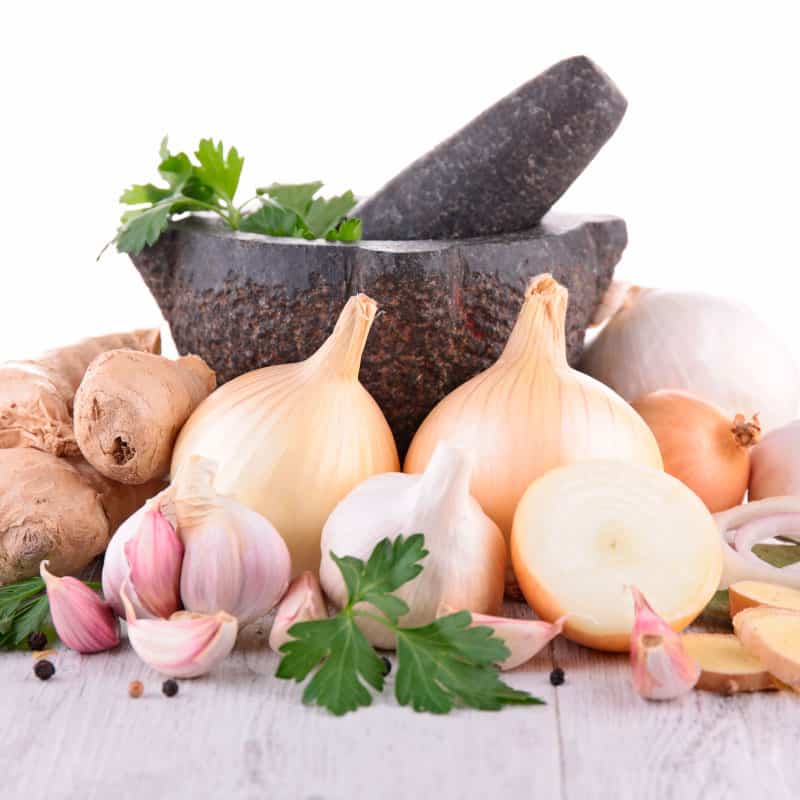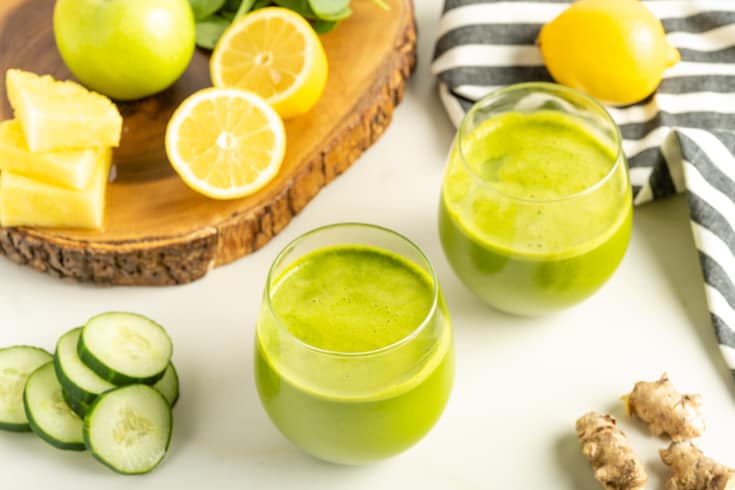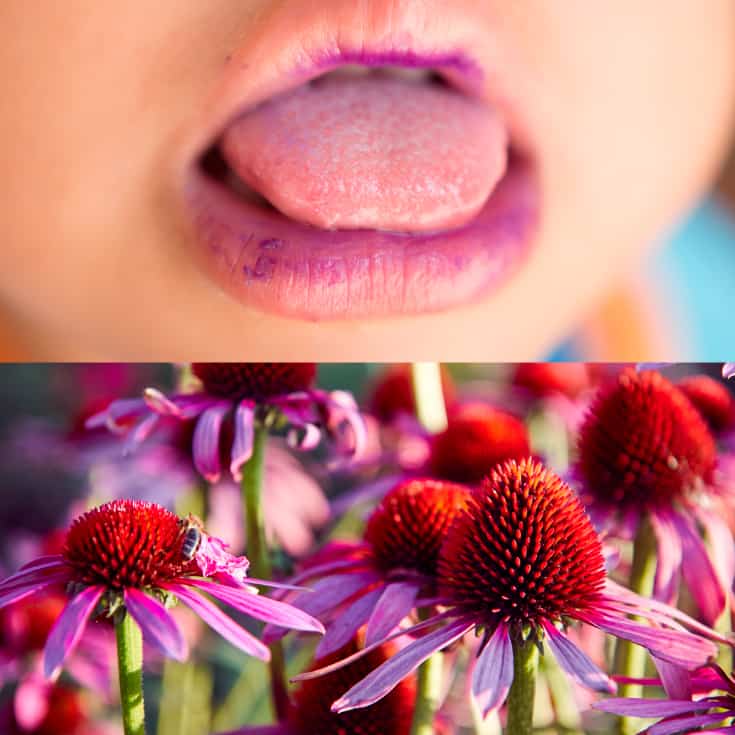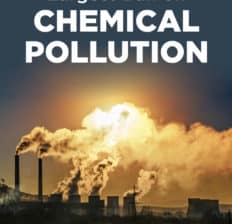This Dr. Axe content is medically reviewed or fact checked to ensure factually accurate information.
With strict editorial sourcing guidelines, we only link to academic research institutions, reputable media sites and, when research is available, medically peer-reviewed studies. Note that the numbers in parentheses (1, 2, etc.) are clickable links to these studies.
The information in our articles is NOT intended to replace a one-on-one relationship with a qualified health care professional and is not intended as medical advice.
This article is based on scientific evidence, written by experts and fact checked by our trained editorial staff. Note that the numbers in parentheses (1, 2, etc.) are clickable links to medically peer-reviewed studies.
Our team includes licensed nutritionists and dietitians, certified health education specialists, as well as certified strength and conditioning specialists, personal trainers and corrective exercise specialists. Our team aims to be not only thorough with its research, but also objective and unbiased.
The information in our articles is NOT intended to replace a one-on-one relationship with a qualified health care professional and is not intended as medical advice.
EU Proposes World’s Largest Ban on Chemical Pollution
May 3, 2022
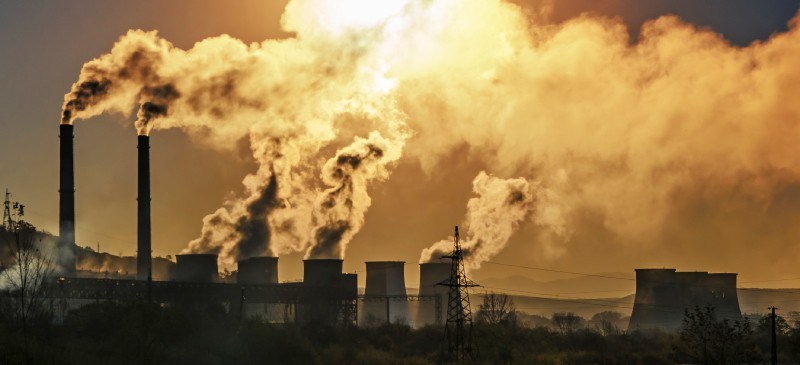
Public health in the Europe Union seems to be on the cusp of a big win as the EU proposes the world’s largest ban on chemical pollution.
About 12,000 potentially toxic and harmful chemicals are on the chopping block, according to the restrictions roadmap released on April 22.
In general, the EU tends to be stricter when it comes to chemicals than the United States. For instance, the EU also recently banned a toxic fragrance ingredient called lilial, something that’s still perfectly legal in the United States.
Still, this latest EU proposal is historic in its scope and has the potential to save many lives. Will the U.S. follow?
Details of EU Ban
In 2020, the European Commission released its chemical strategy as part of the European Green Deal that forges a path to a healthier, more sustainable future.
Instead of looking at just one chemical at a time, like, say, BPA, this plan targets entire classes of chemicals. (This would prevent chemical companies from simply changing a molecule or two to create a “new” chemical that is largely similar to — and often as harmful as — the chemical it’s replacing.)
The list of targeted chemicals includes substances linked to issues like:
- Cancer
- Infertility and other reproductive harms
- Hormone disruption
- Obesity
- Diabetes
- And more
The roadmap divides certain chemicals into three different pools, where the substances will be on a rolling list for the European Chemicals Agency to review and consider for restriction. It will be continually reviewed and updated.
Some of the chemicals on the list include:
- PVC
- PAHs (used in things like driveway sealants, playground ground cover and even clay pigeons for shooting!)
- Lead (in ammunition and fishing gear; found in PVC)
- PFAS (used in firefighting foam and found in nonstick, waterproofing and stain-resistant treatments)
- BPA and related “BPA Free” bisphenols (also found in cash register receipts)
- Dioxin, PCBs and formaldehyde found in baby diapers
- Flame retardants
- Fossil fuels used in consumer products
- And more
What It Means/Benefits
This is a very big deal in terms of protecting human and environmental health.
In an interview with The Guardian, Tatiano Santos, policy manager of the European Environmental Bureau, said:
“EU chemical controls are usually achingly slow but the EU is planning the boldest detox we have ever seen. Petrochemical industry lobbyists are shocked at what is now on the table. It promises to improve the safety of almost all manufactured products and rapidly lower the chemical intensity of our schools, homes and workplaces.”
Other Ways to Avoid Chemical Pollutants
Sadly, we’re now in a situation where we cannot fully protect ourselves from manmade chemicals. In just a few decades, things like toxic flame retardants, PFAS, plastic chemicals and more are found in the breast milk, blood and urine of virtually everyone.
Without stronger regulation, these compounds will likely continue to invade our bodies. How are your elected officials voting?
In the meantime, you can reduce your toxic body burden by:
- Avoiding scented products, including candles, perfumes, plug-ins, laundry products and more
- Avoiding eating and drinking out of plastic as much as possible; definitely do not put plastic in the dishwasher or microwave
- Opting for organic food as much as possible and growing some of your own food at home or in a community garden
- Avoiding chemical pesticides in and around your home; many linger for years and are washed away into nearby soil and waterways
- Getting involved in your city or town to reduce pollutants
- Becoming an environmental justice advocate … most industries that pollute set up shop in low-income areas and/or neighborhoods of color
Conclusion
- The EU proposed the world’s largest ban of harmful chemicals.
- Experts believe that up to 12,000 harmful chemicals could be removed, protecting human health.
- Many toxic chemicals already banned in Europe are still perfectly legal in the United States, causing billions of dollars in collateral damage.
- The EU list will be continually updated and reviewed with a rotating list of chemicals.





